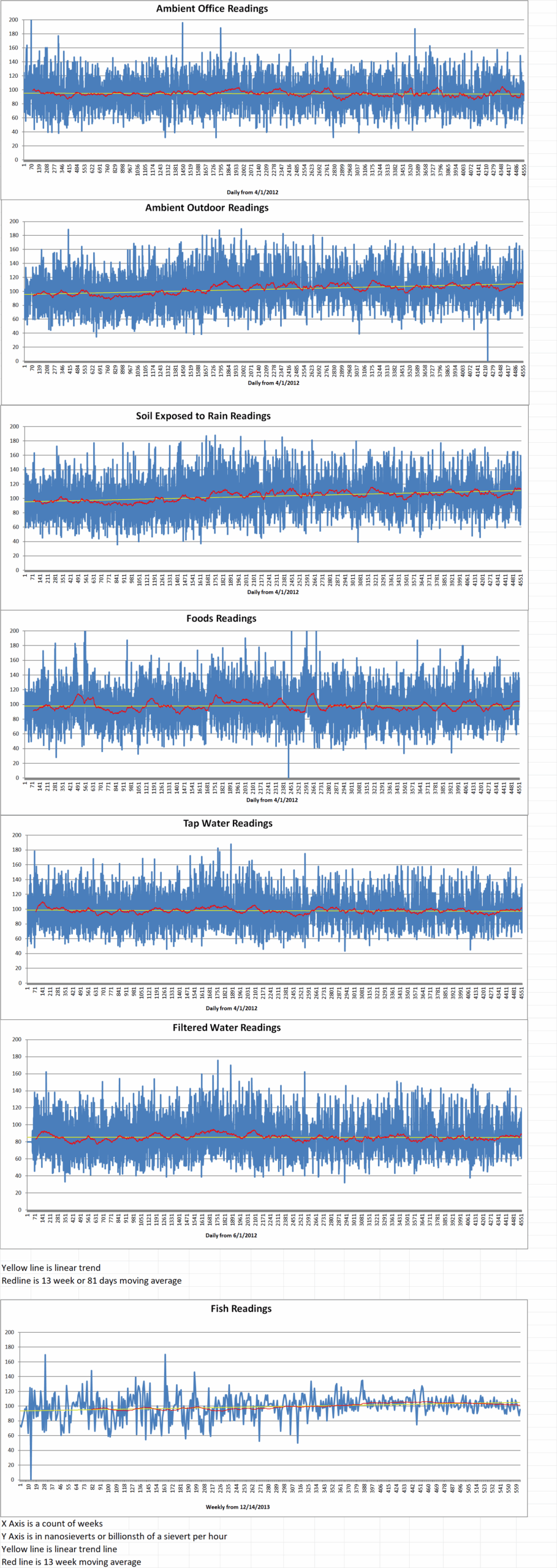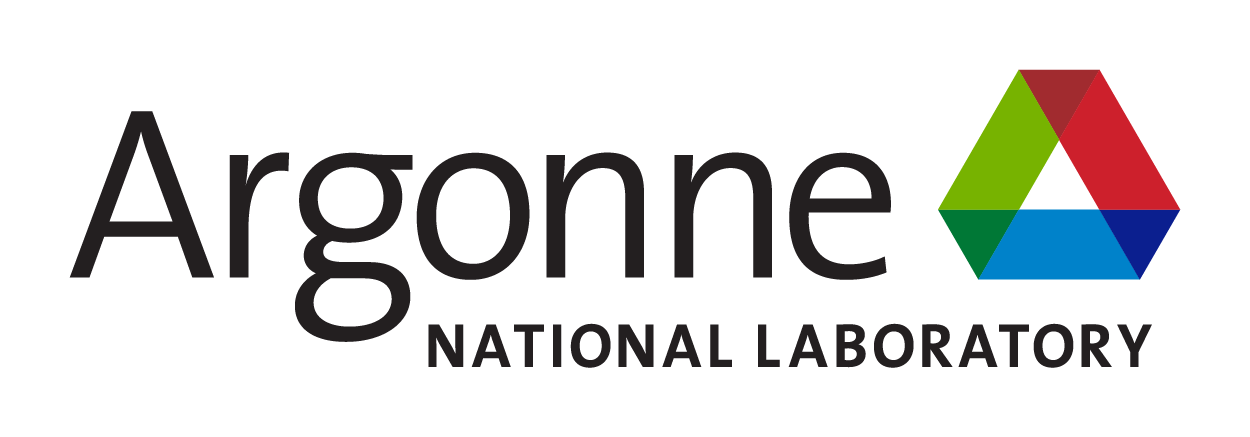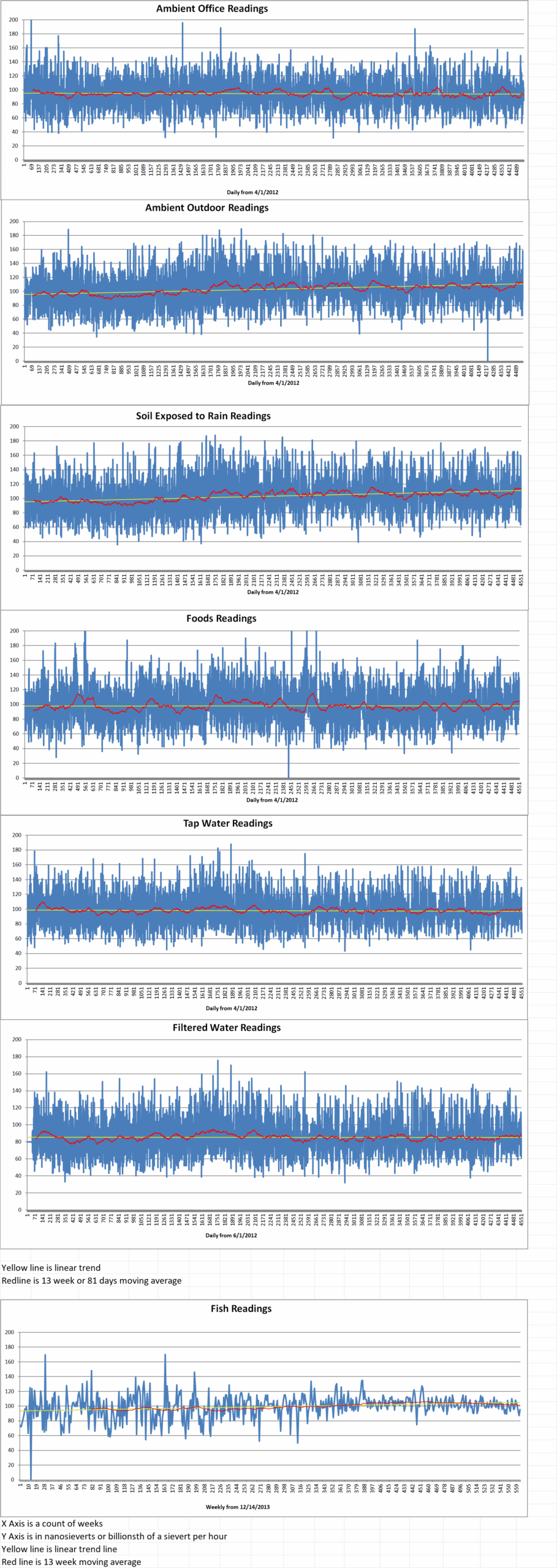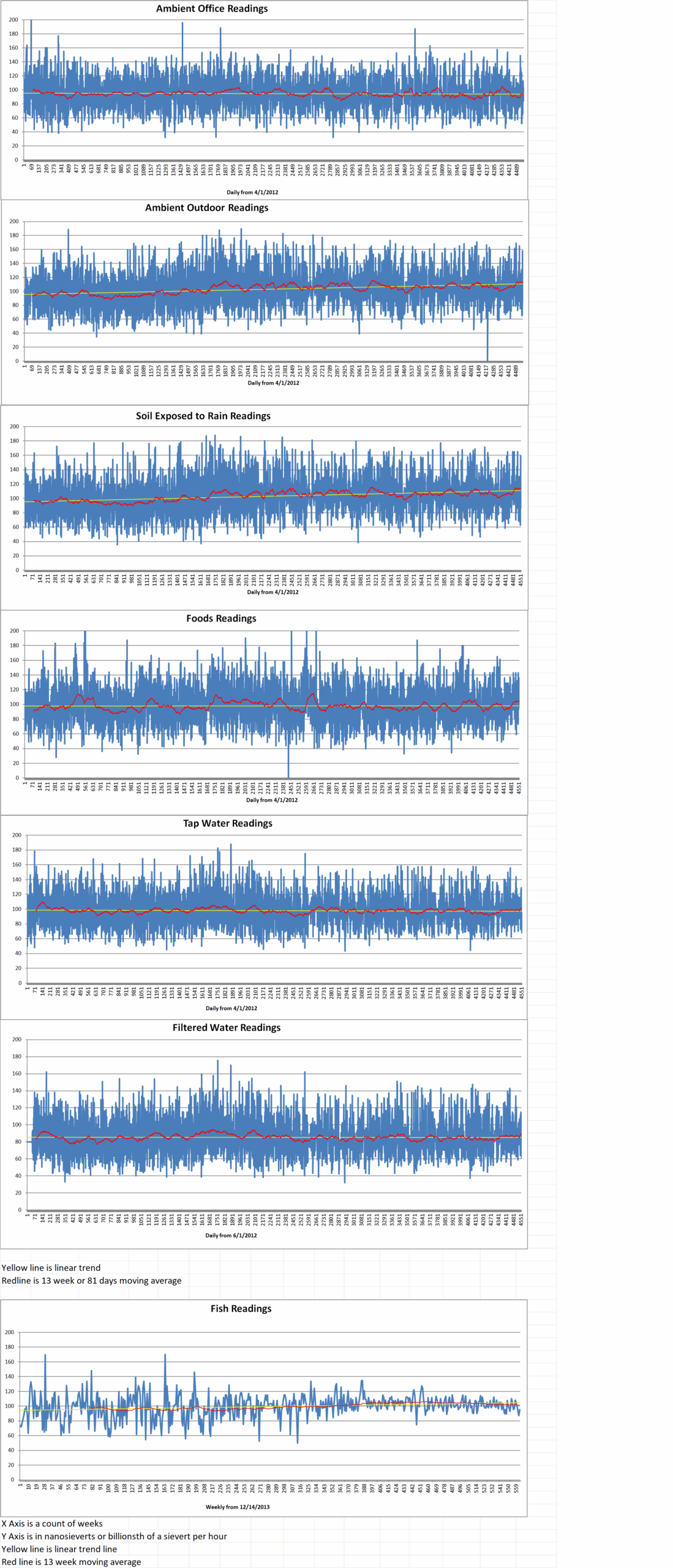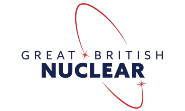Great British Nuclear (GBN), the arms-length body set up to oversee the U.K.’s plans for new sources of nuclear power, is getting ready to launch a tender to procure up to two owner’s engineers as part of its small modular reactor program.
GBN said in its recent announcement, “The Owner’s Engineer (OE) will provide essential independent assurance to the Intelligent Customer and Intelligent Client for the relevant SMR project. This will support the deployment of first-of-a-kind nuclear technology in the U.K. and facilitate GBN’s goal of reaching a Final Investment Decision(s) for up to two SMR projects. In particular, the OE will act as a ‘client friend’ to the Intelligent Customer and Intelligent Client and provide competent resources to undertake specification, oversight, audit, review and advice for decisions relating to design, scope, budget, risk, delivery and contract compliance. It will also play the role of subject matter expert to deliver independent technical and delivery Line of Defence 2 assurance on major design and build contracts.”
GBN said that the total value of the contract is eight hundred million dollars, assuming that two contracts are awarded (one for each planned SMR project), each with a total contract value of up to four hundred million dollars. However, GBN notes that the actual value will depend on a number of different factors. The actual duration of the contract(s) is envisaged to be about fourteen years, but GBN said it will set a completion date once it has selected the SMR technology partner(s).
GBN explained, “It is expected that SMEs (small and medium-sized enterprises) will have the chance to participate in this procurement through a tenderer’s supply chain, a joint venture, a special purpose vehicle or a consortium.”
The tender notice is expected to be published on the 2nd of June of this year, with submissions accepted until the 19th of September. A decision on the contract winner(s) is expected to be made on the 12th of March 2026.
GBN said that there will be two phases in the OE procurement process. In the first phase, tenderers will need to respond to the Procurement Specific Questionnaire (PSQ). This document will include the required conditions of participation. If the response submitted by a particular tenderer satisfies all the relevant conditions, the tenderer will be invited to submit a tender as part of the second phase of the procurement. GBN said it will then review the tenderer’s proposals against questions covering technical, commercial and social value criteria.
GE Hitachi, Holtec, Rolls-Royce SMR and Westinghouse are the shortlisted technology provides being considered. Three of them have confirmed that they have submitted their final tender response to GBN. The fourth provider – Westinghouse – has yet to confirm whether it has submitted its final tender. Following the confirmations of submissions, GBN made the announcement of the OE.
In February of this year, GBN said that it remains on track to select the chosen technology before summer of 2025. A final investment decision to select the winner is expected to be made in 2029.
Great British Nuclear

Great British Nuclear (GBN), the arms-length body set up to oversee the U.K.’s plans for new sources of nuclear power, is getting ready to launch a tender to procure up to two owner’s engineers as part of its small modular reactor program.
GBN said in its recent announcement, “The Owner’s Engineer (OE) will provide essential independent assurance to the Intelligent Customer and Intelligent Client for the relevant SMR project. This will support the deployment of first-of-a-kind nuclear technology in the U.K. and facilitate GBN’s goal of reaching a Final Investment Decision(s) for up to two SMR projects. In particular, the OE will act as a ‘client friend’ to the Intelligent Customer and Intelligent Client and provide competent resources to undertake specification, oversight, audit, review and advice for decisions relating to design, scope, budget, risk, delivery and contract compliance. It will also play the role of subject matter expert to deliver independent technical and delivery Line of Defence 2 assurance on major design and build contracts.”
GBN said that the total value of the contract is eight hundred million dollars, assuming that two contracts are awarded (one for each planned SMR project), each with a total contract value of up to four hundred million dollars. However, GBN notes that the actual value will depend on a number of different factors. The actual duration of the contract(s) is envisaged to be about fourteen years, but GBN said it will set a completion date once it has selected the SMR technology partner(s).
GBN explained, “It is expected that SMEs (small and medium-sized enterprises) will have the chance to participate in this procurement through a tenderer’s supply chain, a joint venture, a special purpose vehicle or a consortium.”
The tender notice is expected to be published on the 2nd of June of this year, with submissions accepted until the 19th of September. A decision on the contract winner(s) is expected to be made on the 12th of March 2026.
GBN said that there will be two phases in the OE procurement process. In the first phase, tenderers will need to respond to the Procurement Specific Questionnaire (PSQ). This document will include the required conditions of participation. If the response submitted by a particular tenderer satisfies all the relevant conditions, the tenderer will be invited to submit a tender as part of the second phase of the procurement. GBN said it will then review the tenderer’s proposals against questions covering technical, commercial and social value criteria.
GE Hitachi, Holtec, Rolls-Royce SMR and Westinghouse are the shortlisted technology provides being considered. Three of them have confirmed that they have submitted their final tender response to GBN. The fourth provider – Westinghouse – has yet to confirm whether it has submitted its final tender. Following the confirmations of submissions, GBN made the announcement of the OE.
In February of this year, GBN said that it remains on track to select the chosen technology before summer of 2025. A final investment decision to select the winner is expected to be made in 2029.
Great British Nuclear

